Let AI Optimize Your Cloud Spend Without Sacrificing Performance
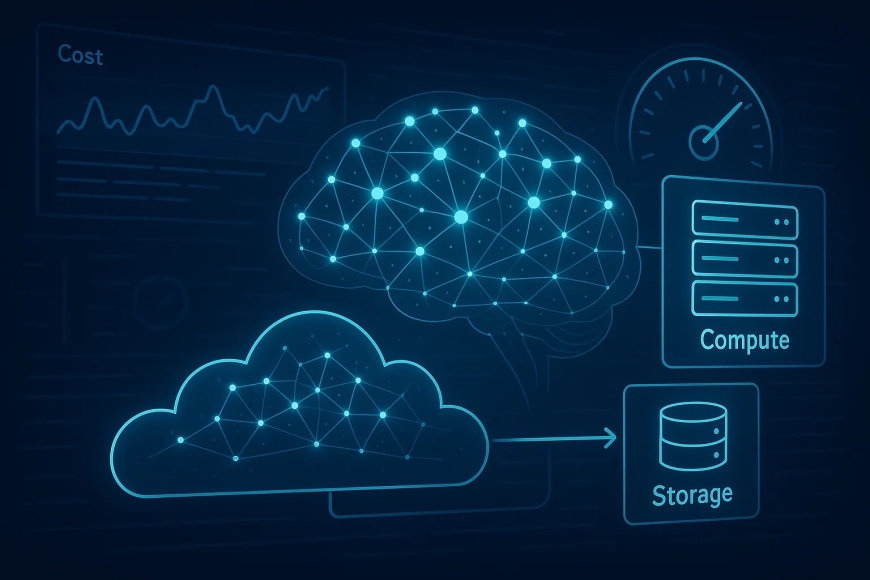
Cloud infrastructure gave developers flexibility and scalability. But it also gave finance teams anxiety.
The promise of “pay for what you use” has evolved into “pay for what you forgot to turn off.”
As businesses grow more reliant on cloud infrastructure, cost management becomes a challenge.
Engineers want performance; finance wants cost control. AI might be the first solution that truly satisfies both.
Let’s explore how.
The real cost of the cloud isn’t always bbvious
Most teams overspend on the cloud, not because they’re careless, but because cloud platforms are complex and always-on.
Common culprits include:
- Overprovisioned VMs or Kubernetes nodes
- Orphaned disks or IPs
- Redundant snapshots and backups
- Non-stop test environments
- Ignored autoscaling policies
While monitoring tools can show you what’s running, they don’t tell you what should be running, or how to run it cheaper.
That’s where AI steps in.
AI understands usage patterns, better than humans
AI excels at pattern recognition. By analyzing logs, resource usage graphs, and traffic patterns across time, AI tools can:
- Detect when compute resources are underutilized (e.g., 5% CPU on an always-on server)
- Correlate spikes in traffic with actual business value (e.g., lead conversions)
- Identify idle services that haven't been touched in weeks
For example, it may recommend replacing a constantly running dev server with a preemptible instance that boots only during working hours, saving 60–70% in costs.
Intelligent right-sizing of instances
Choosing the wrong instance type is one of the most expensive mistakes in cloud architecture. AI models analyze:
- Real-time CPU/memory/disk utilization
- Request-per-second load patterns
- Network I/O throughput
They then recommend (or automatically apply) right-sized compute configurations, scaling down that overpowered m5.4xlarge to an m5.large, or shifting to ARM-based instances for cost efficiency.
This isn't just cost-cutting, it's precision tuning.
Smarter autoscaling with predictive load management
Typical autoscaling reacts to current metrics. AI-driven auto scaling predicts spikes before they happen.
By training on historical usage, seasonal trends, and even external signals (e.g., day of week, time zones, product launches), AI systems can pre-warm servers or increase container replicas before peak load hits.
That means smoother performance, without overprovisioning.
Storage & network optimizations often missed by engineers
AI doesn't stop at compute. It dives deep into S3 usage, CDN performance, and database IO:
- Identifies rarely accessed objects sitting in expensive storage classes
- Flags data transfer patterns where switching to a regional bucket could save thousands
- Suggests cache layer improvements to reduce database hits
These micro-optimizations, when done at scale, lead to significant monthly savings, without any visible change in performance.
5. Real-time cost anomaly detection
Imagine an engineer accidentally triggering a 1,000-node job on a misconfigured cluster.
Without real-time alerts, that error could cost $10,000 in a single night.
AI tools detect this by setting dynamic baselines, understanding what "normal" looks like per team, per service, per environment and raising alerts within minutes when anomalies break that pattern.
This beats static budget alarms, which often come too late.
Balancing Act: AI helps avoid over-optimization
It’s easy to go too far and hurt performance. for example, turning off background workers that impact async tasks or throttling IOPS too much on busy DBs.
The advantage of AI is its closed-loop feedback: it doesn’t just suggest changes; it watches what happens after the change.
- Did latency increase?
- Were error rates affected?
- Did user sessions drop?
If the performance dip outweighs savings, AI rolls back or adjusts thresholds. It’s a self-correcting system.
AI turns cloud costs into a performance-backed strategy
Cloud cost optimization has traditionally been treated like financial accounting, looking backward at usage and trimming fat. AI changes that. It takes a forward-looking, contextual, and adaptive approach.
With the right systems in place, teams can finally stop choosing between performance and cost.























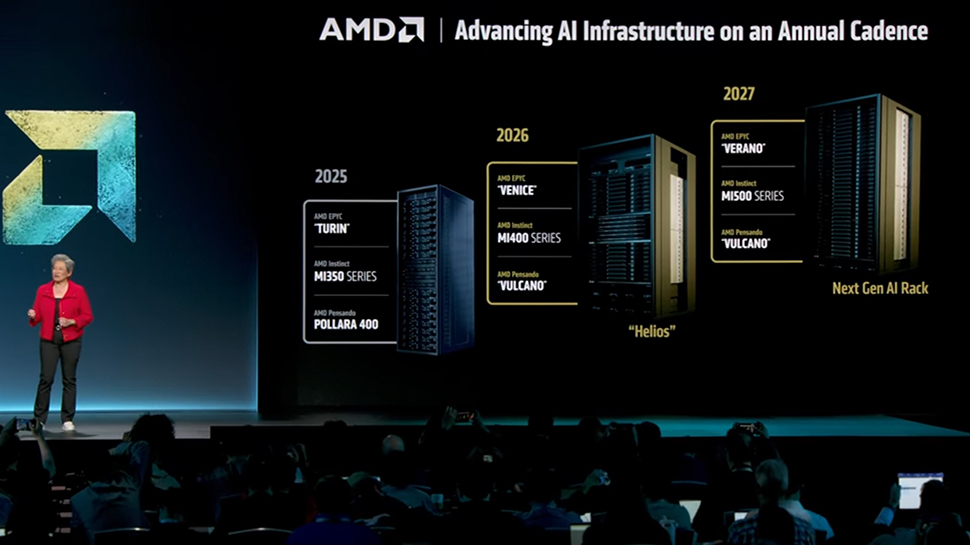












































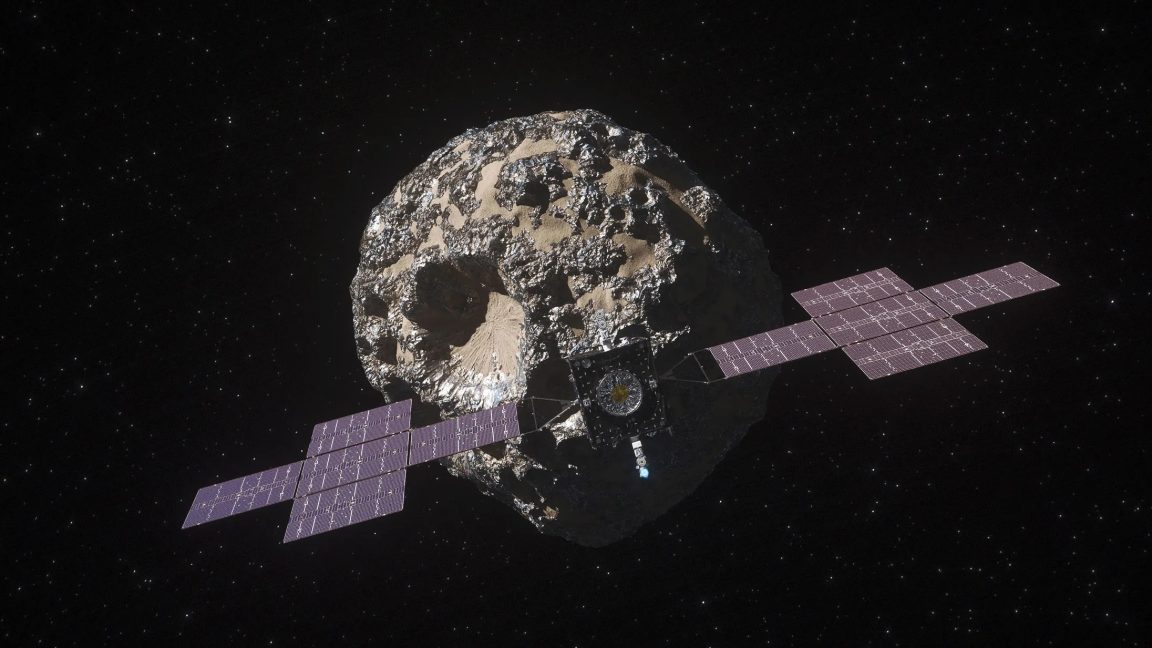

























































































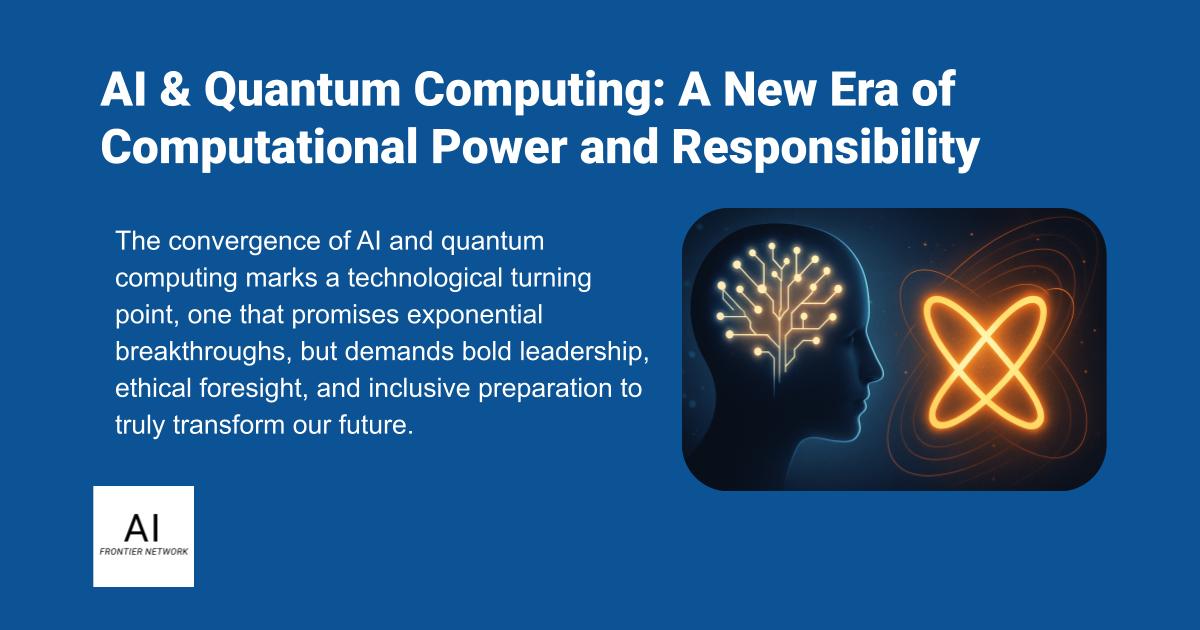














![[The AI Show Episode 154]: AI Answers: The Future of AI Agents at Work, Building an AI Roadmap, Choosing the Right Tools, & Responsible AI Use](https://www.marketingaiinstitute.com/hubfs/ep%20154%20cover.png)
![[The AI Show Episode 153]: OpenAI Releases o3-Pro, Disney Sues Midjourney, Altman: “Gentle Singularity” Is Here, AI and Jobs & News Sites Getting Crushed by AI Search](https://www.marketingaiinstitute.com/hubfs/ep%20153%20cover.png)
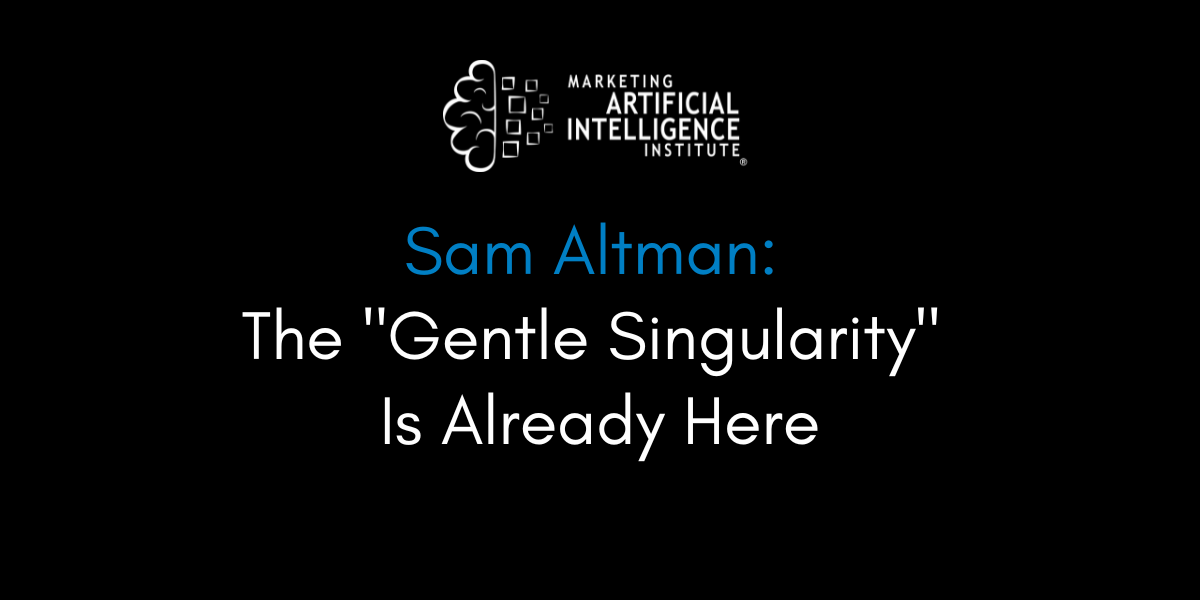























































































































![[FREE EBOOKS] The Chief AI Officer’s Handbook, Natural Language Processing with Python & Four More Best Selling Titles](https://www.javacodegeeks.com/wp-content/uploads/2012/12/jcg-logo.jpg)





















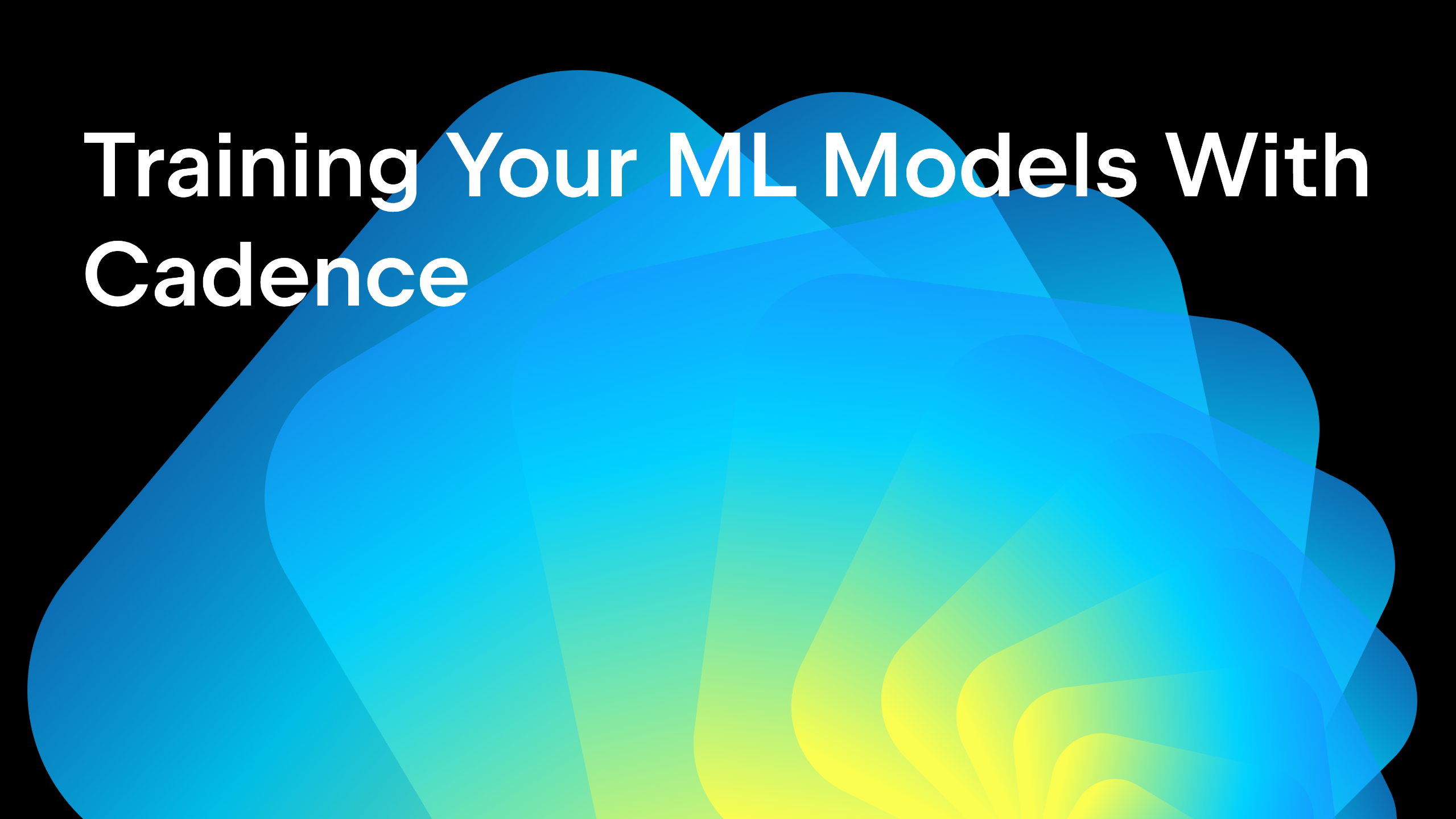



















































![GrandChase tier list of the best characters available [June 2025]](https://media.pocketgamer.com/artwork/na-33057-1637756796/grandchase-ios-android-3rd-anniversary.jpg?#)




































































_Frank_Peters_Alamy.jpg?width=1280&auto=webp&quality=80&disable=upscale#)









































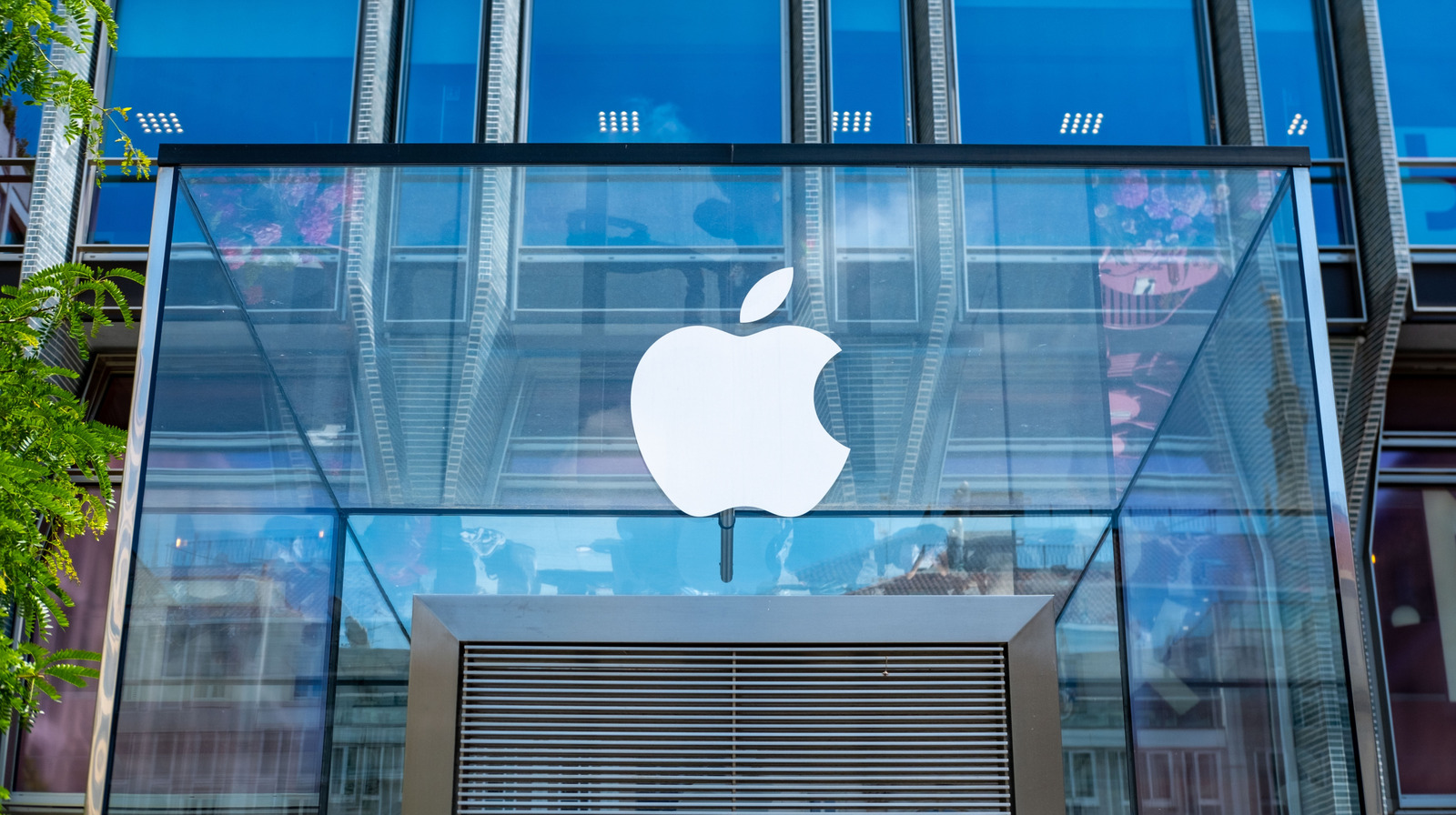
















































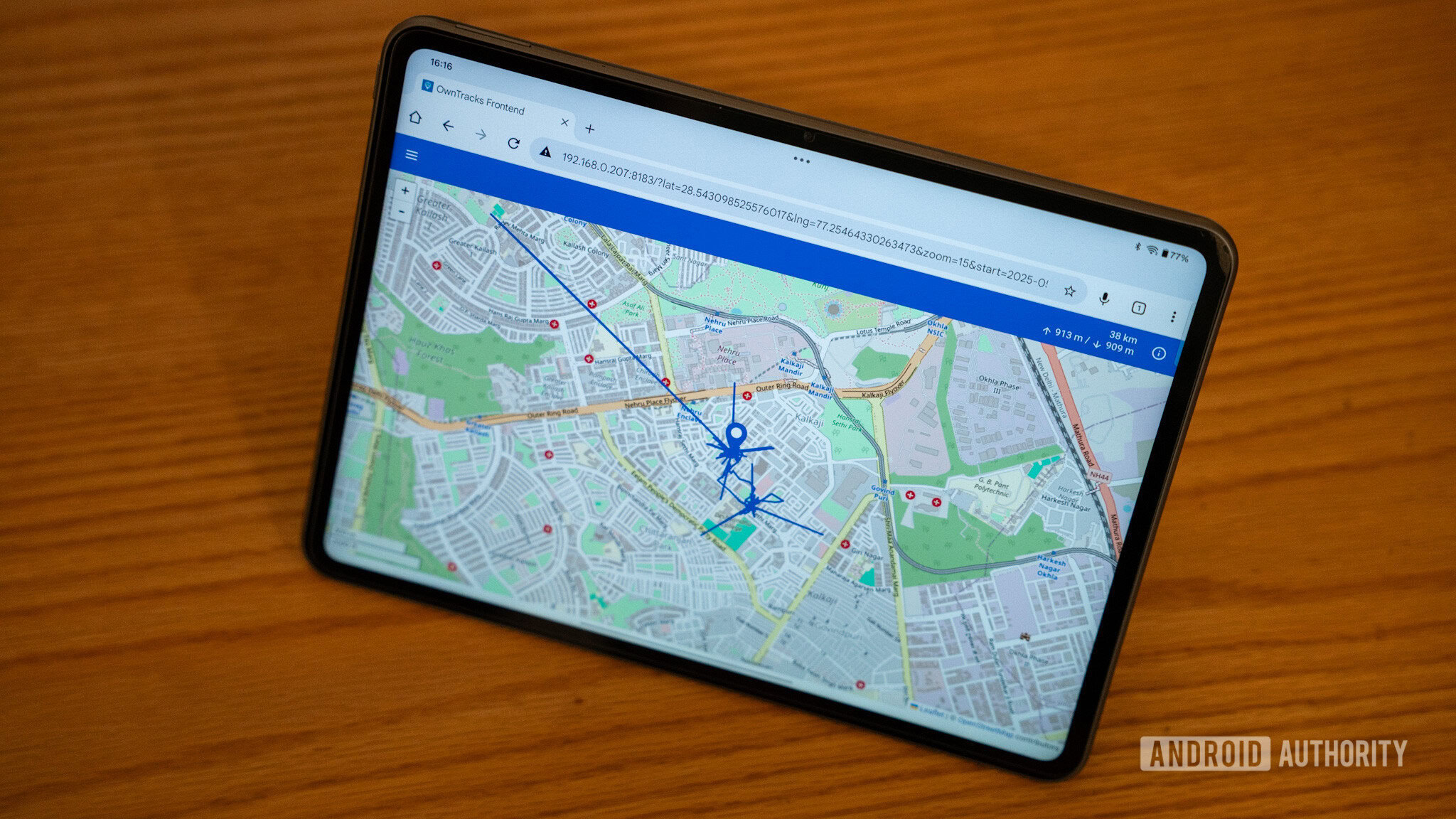





















![Apple Weighs Acquisition of AI Startup Perplexity in Internal Talks [Report]](https://www.iclarified.com/images/news/97674/97674/97674-640.jpg)
![Oakley and Meta Launch Smart Glasses for Athletes With AI, 3K Camera, More [Video]](https://www.iclarified.com/images/news/97665/97665/97665-640.jpg)

![How to Get Your Parents to Buy You a Mac, According to Apple [Video]](https://www.iclarified.com/images/news/97671/97671/97671-640.jpg)




















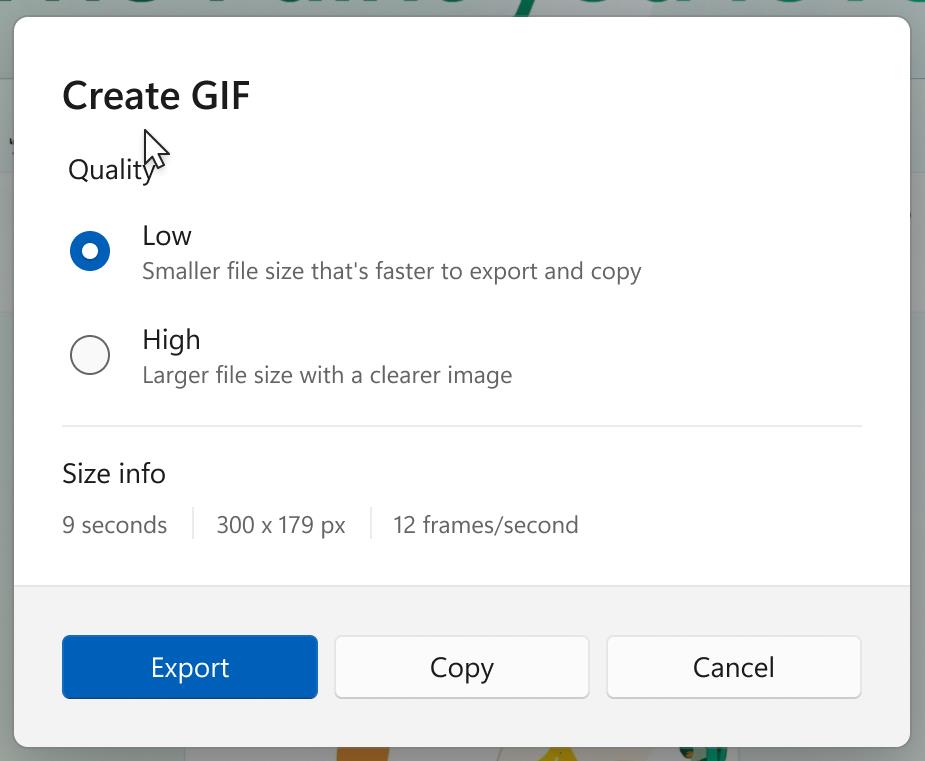


![New accessibility settings announced for Steam Big Picture Mode and SteamOS [Beta]](https://www.ghacks.net/wp-content/uploads/2025/06/New-accessibility-settings-announced-for-Steam-Big-Picture-Mode-and-SteamOS.jpg)












































